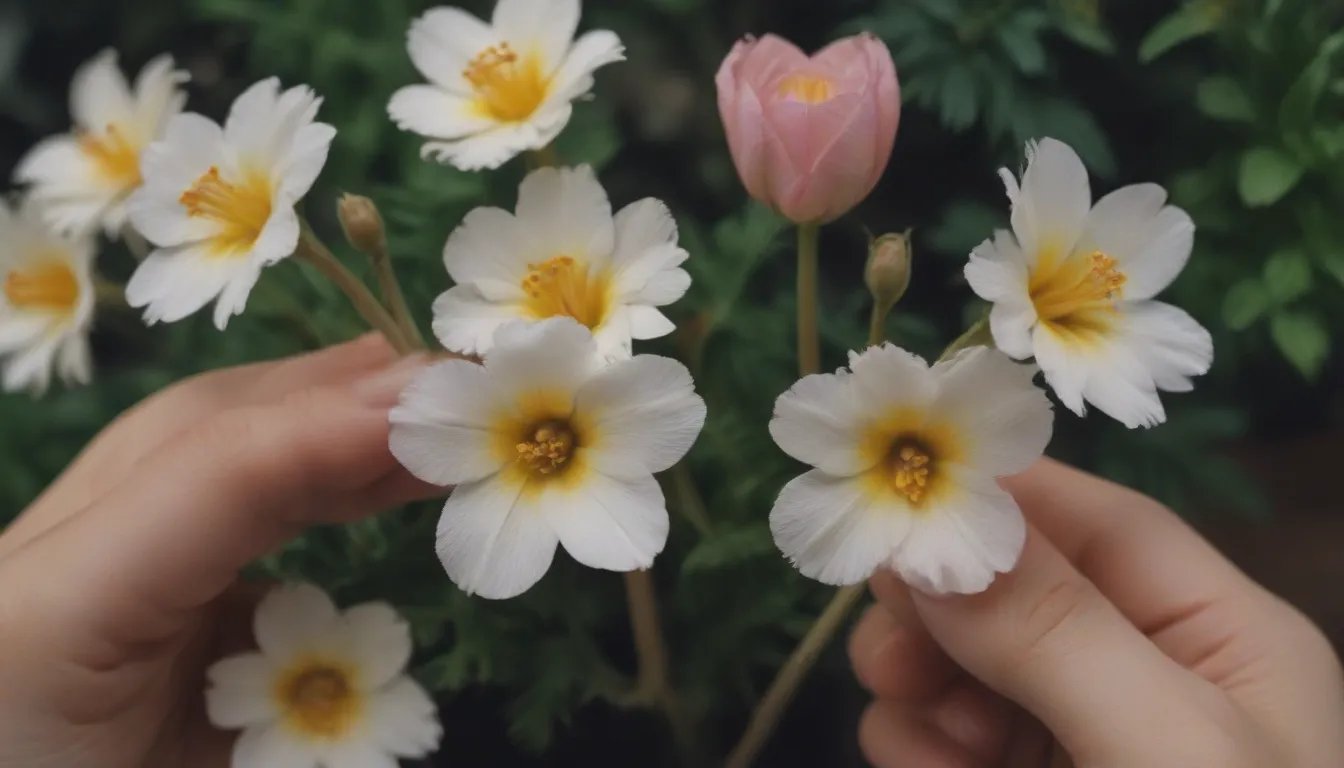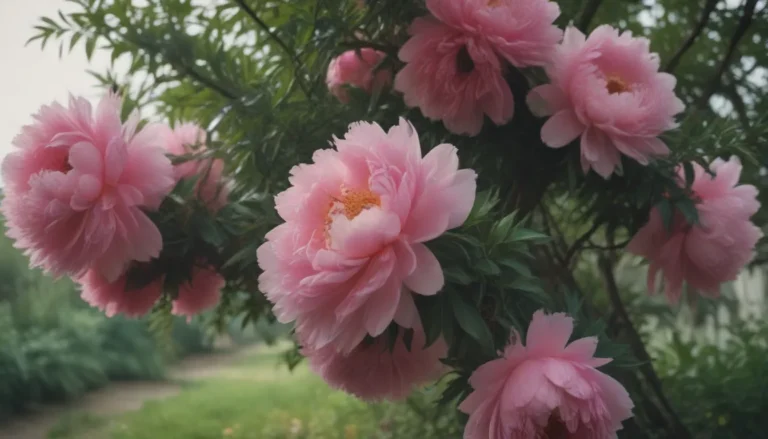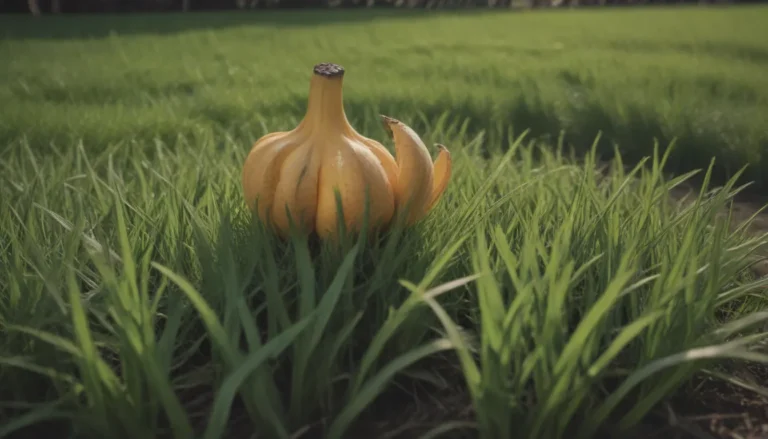Everything You Need to Know About Growing and Caring for Wishbone Flowers

Are you looking to add a pop of color to a shadier part of your garden? Look no further than wishbone flowers! These beautiful blooms come in several color choices, with dark blue-purple and lavender being the primary species with yellow markings. Their unique trumpet-shaped blooms are sure to bring life to any garden. In this comprehensive guide, we will walk you through everything you need to know about growing and caring for wishbone flowers.
Getting Started: Wishbone Flower Care
So, you are ready to add wishbone flowers to your garden? Here are some basic steps to keep in mind when caring for these gorgeous blooms:
Light
The ideal location for wishbone flowers is where they will receive early morning sun and afternoon shade. If you live in a hot climate, opt for a fairly shady location to ensure your plants thrive. Avoid planting them in full sun, as they prefer partial shade.
Soil
Wishbone flowers thrive in organically rich, loamy soil with a slightly acidic to neutral pH. Good soil drainage is crucial to prevent root rot. Consider mixing in some compost at the time of planting to improve soil quality.
Water
Keep wishbone flowers consistently moist, but ensure they are not sitting in soggy soil. Avoid overwatering, as these plants prefer moderate moisture levels.
Temperature and Humidity
Wishbone flowers do best in moderate temperatures of 70 to 75 degrees Fahrenheit during the day and 65 to 70 degrees Fahrenheit at night. They can tolerate cooler temperatures, but frost will kill the plants. Avoid excessive heat or humidity, and consider using mulch in hot climates to keep their roots cool.
Fertilizer
To keep wishbone flowers healthy and blooming, provide a balanced, all-purpose fertilizer every few weeks throughout the growing season. You can choose between liquid fertilizer or slow-release granule fertilizer, following the label instructions.
Different Types of Wishbone Flowers
There are approximately 15 species of wishbone flowers in the family Linderniaceae. Some popular varieties include Catalina ‘White Linen’, Kauai ‘Rose’, and ‘Moon Purple’. Each variety has its unique appearance, adding a touch of diversity to your garden.
Pruning Tips for Wishbone Flowers
Pruning wishbone flowers is essential to promote bushier growth and maintain their shape. Here are some pruning tips to keep in mind:
- Pinch off the growing tip of the flower when it reaches a couple of inches high to encourage bushier growth.
- If the plant looks scraggly, feel free to shape it as you desire. You can prune the plant back to about half its overall height.
Propagating Wishbone Flowers
Propagating wishbone flowers is easy and can be done through cuttings or seeds. Here are some steps to propagate wishbone flowers with cuttings:
- Take a cutting from a healthy wishbone flower plant.
- Plant the cutting in a well-draining soil mixture.
- Keep the soil consistently moist until roots are established.
Growing Wishbone Flowers From Seed
If you prefer to grow wishbone flowers from seed, start the seeds six to eight weeks before your area’s projected last frost date. In frost-free climates, direct-seed wishbone flowers in your desired planting site outdoors about one week before the last expected frost date.
Potting and Repotting Wishbone Flowers
Wishbone flowers are mounded with a slightly trailing habit, making them perfect for pots, window boxes, and container gardens. Here are some tips for potting and repotting wishbone flowers:
- Choose containers with plenty of drainage holes.
- Use a soilless potting mix for optimal drainage.
- Pinch flowers for bushier growth in containers.
- Watch for overwatering, as wishbone flowers do not like soggy soil.
Dealing With Pests and Diseases
Wishbone flowers are relatively low-maintenance but can be susceptible to certain pests and diseases. Here are some common issues to watch out for:
Common Pests
While wishbone flowers do not have major problems with pests, they may attract aphids and whiteflies. These pests can be controlled with insecticidal soap. Look out for signs of aphids, such as sticky residue, or whiteflies rising in a cloud when disturbed.
Plant Diseases
Wishbone flowers may be prone to fungal diseases, such as powdery mildew, especially in humid conditions. To prevent these diseases, ensure good air circulation around the plants and provide optimal growing conditions.
Blooming Tips for Wishbone Flowers
Want to see your wishbone flowers bloom profusely? Here are some tips to encourage more blooms:
- Ensure the plants are not sitting in soggy soil, as moisture is essential for blooming.
- Deadhead spent blooms to promote new growth and flowering.
Common Problems to Watch Out For
While wishbone flowers are generally low-maintenance, here are some common problems to keep an eye out for:
- If your wishbone flowers look scraggly, trim them back to about half their height for a fresh flush of flowers.
- Wilting or browning plants may indicate underwatering or too much sun exposure. Ensure your plants have enough shade and proper air circulation.
In conclusion, wishbone flowers are a beautiful addition to any garden, adding color and life to shadier areas. By following these care tips and recommendations, you can enjoy a garden full of vibrant wishbone flowers throughout the growing season. Happy gardening!





